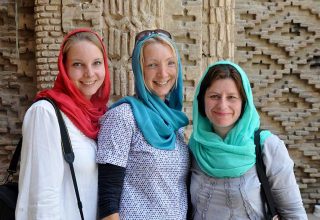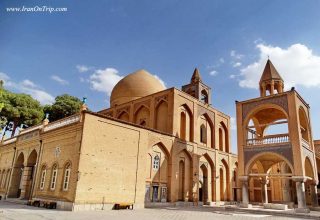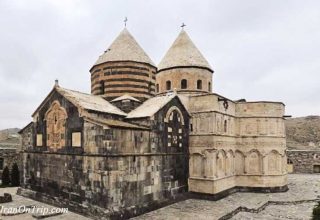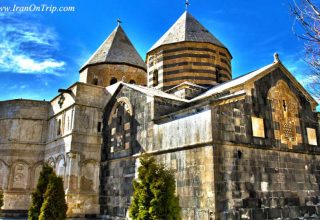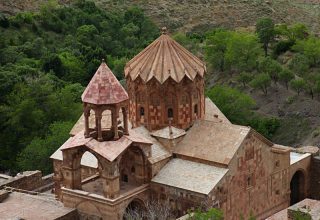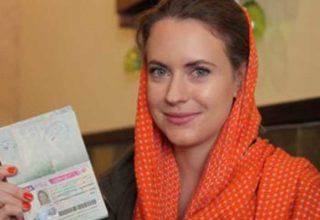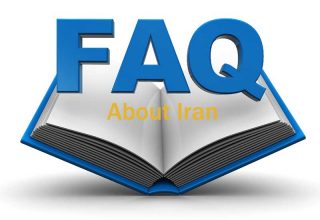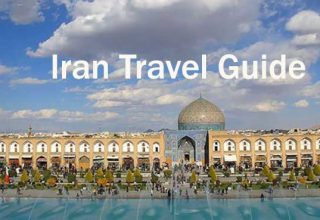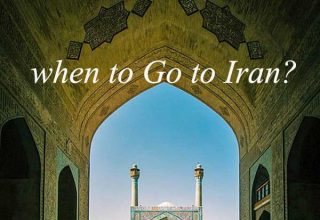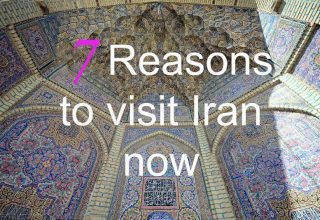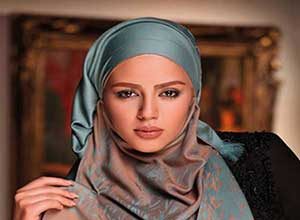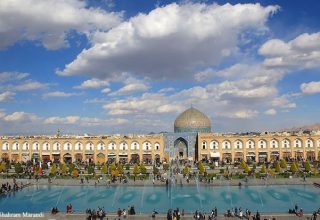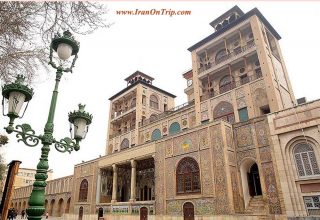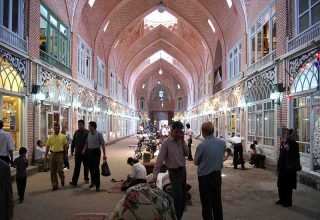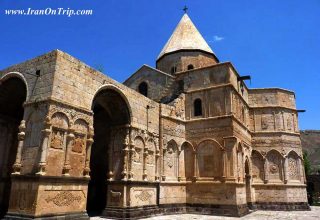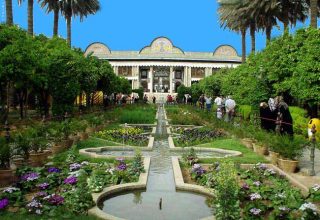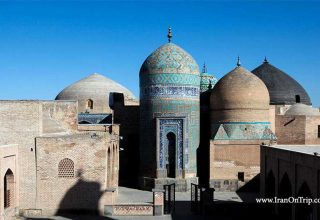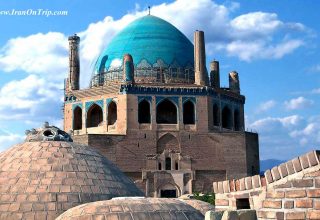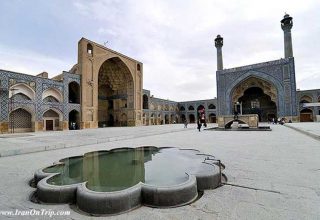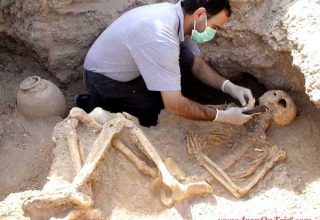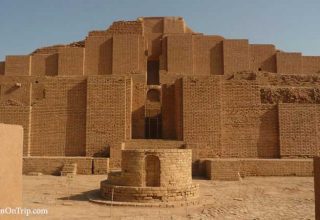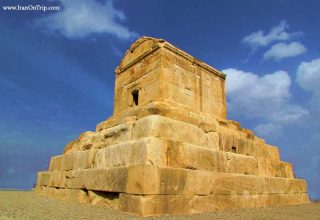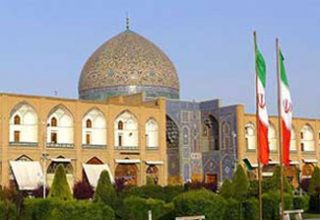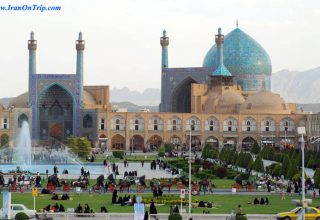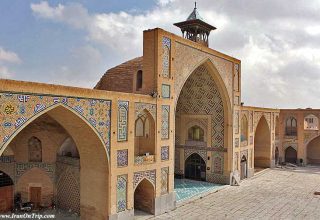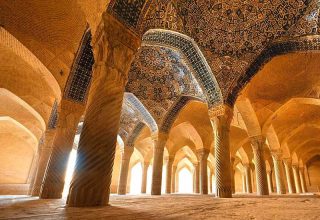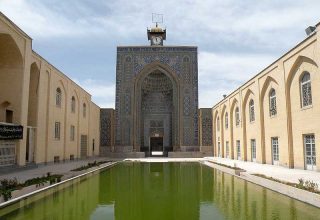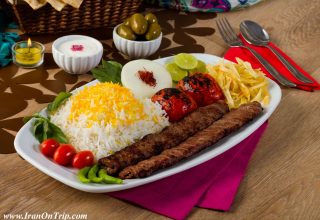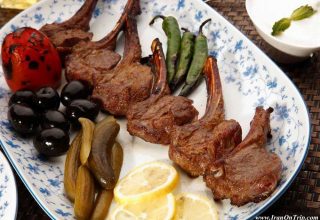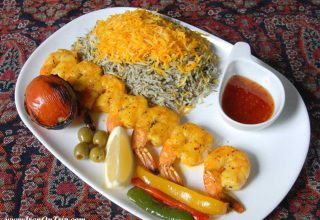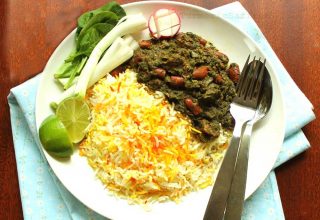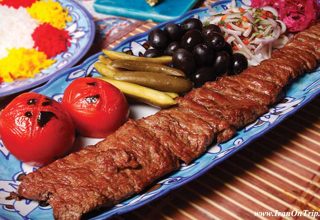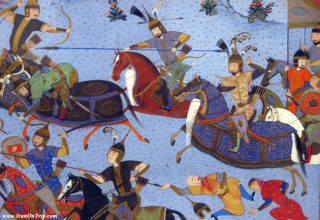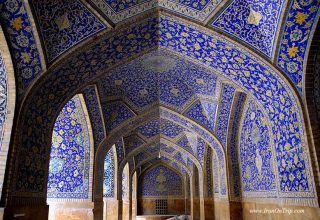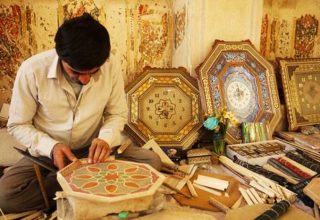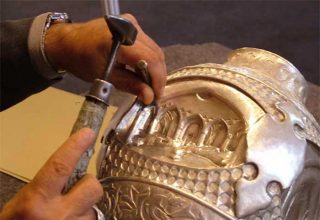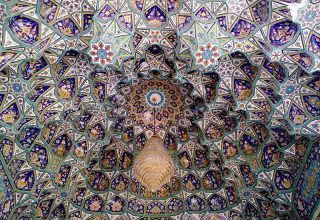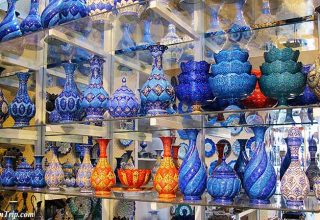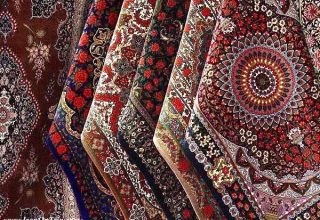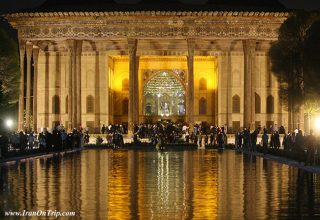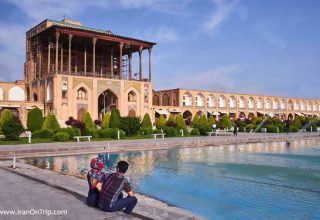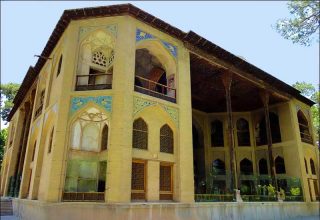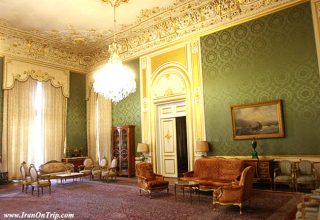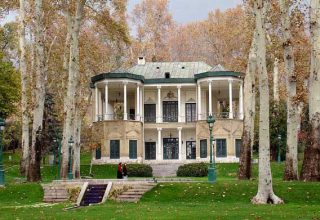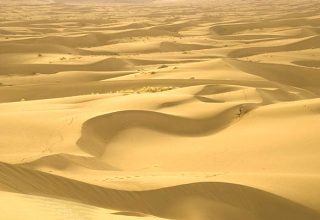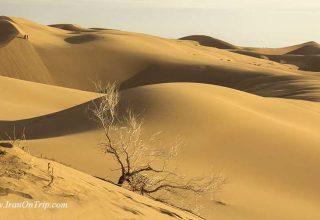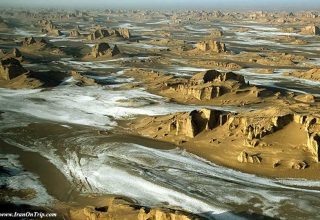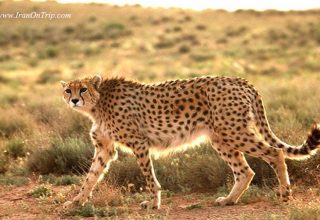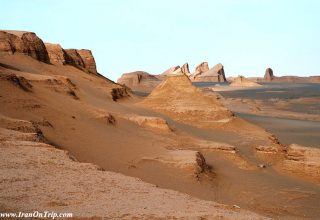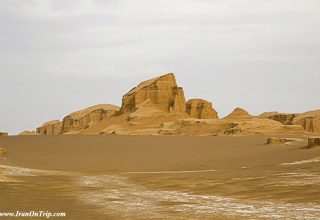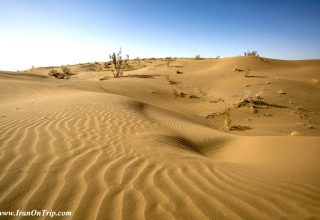All About Iran Dress Code
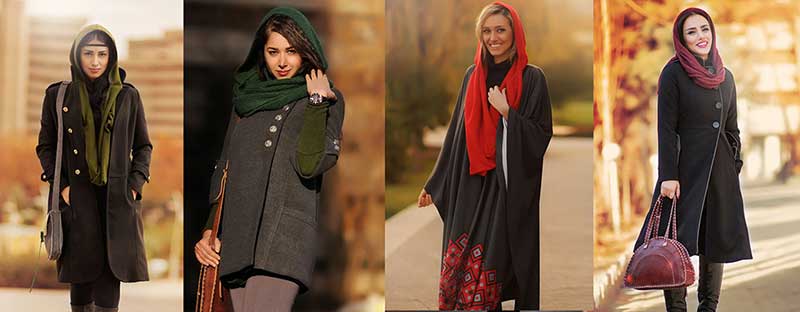
After Islamic revolution women clothing in Iran should followed by Islamic rules. So knowing how the clothing work in Iran is necessary for everyone. first we discuss about how travelers should wear and then we talk in general about women clothing in Iran.
When visiting Iran, women must wear the hijab (headscarf and modest dress and with their ankles covered), in public at all times. So, either wear loose fitting clothing or wear the full chador.
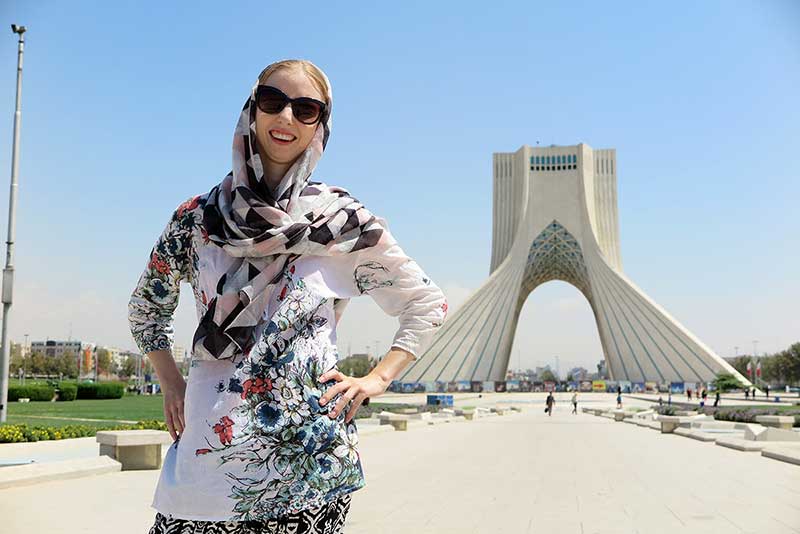
We know lots of our society rule is unknown for you. Even some tourists are afraid if their coverage and behavior will be disagree with the rules, the police would arrest them. But such rules aren’t observed strictly for you that are not familiar with our scociety. As I worked lots as a tour guide I never saw a tourist been arrested for such a thing. The maximum penalty for disregarding the Hijab rules for the tourists can just be a simple request (usually in a kind way) by the police or authorities to make that correct. Though we appreciate that you dressed by Iranian rules for respecting us.
So we have to know everything about the coverage in society !
Following the rules women’s head and hair must be covered , and it’s necessary for them to wear something to cover their body except their face and hands and feets. But it doesn’t mean that it’s uncommon to see a woman or girl with makeup and varnished nails there ! Many women tourist leave all their cosmetic stuff at their home. I don’t know what kind of imagination people have on Iran. Anyway I suggest to you come to Iran and see it yourself. However it’s just enough for the tourist who is coming to Iran wearing a scarf and something to cover their body. You are free to select your own style while it is match these rules. Also you can take look at Iranian women.
Currently in Iran , some women choose a form of dress which is made of a black and long and loose cloth and it call Chador . Women who are more religious choose to wear Chador. It’s just a choice to wear Chador or not. But in Some mosques or holy shrines, it’s require women to wear a Chador before entering. But you don’t need to bring with yourself a Chador. Just before entering the holy places, there are some kiosks by the door that lend you Chador. And before exiting you should give the Chador back to them.
So after all explaining about women clothing in Iran what about men clothing in Iran. For the men you can dress like your country, just try to not wear short pants. And you are free to choose you style.
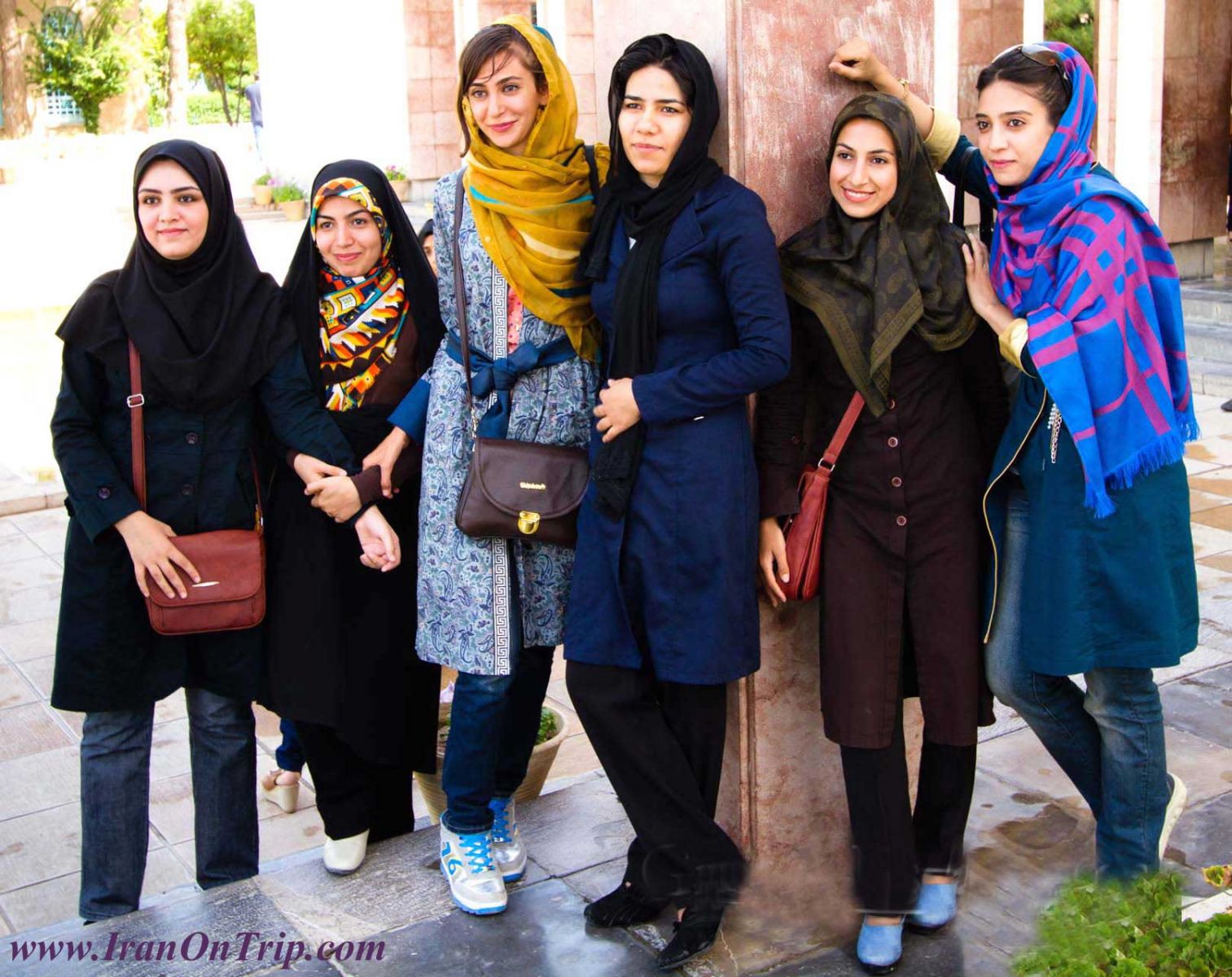
Obeying Islamic rules including Hijab or Islamic dress-code is necessary in Iran. However these rules are not observed very strict, especially for tourists and foreigners. You must not worry about maintaining your hijab , since in times you have forgotten about it, the maximum penalty will be a request (usually in a kind way) to make it correct.
Generally, women have to wear clothing that adequately conceals feminine curves and does not show bare flesh, except for the face and hands, and often a bit of forearm, lower calf, and feet.
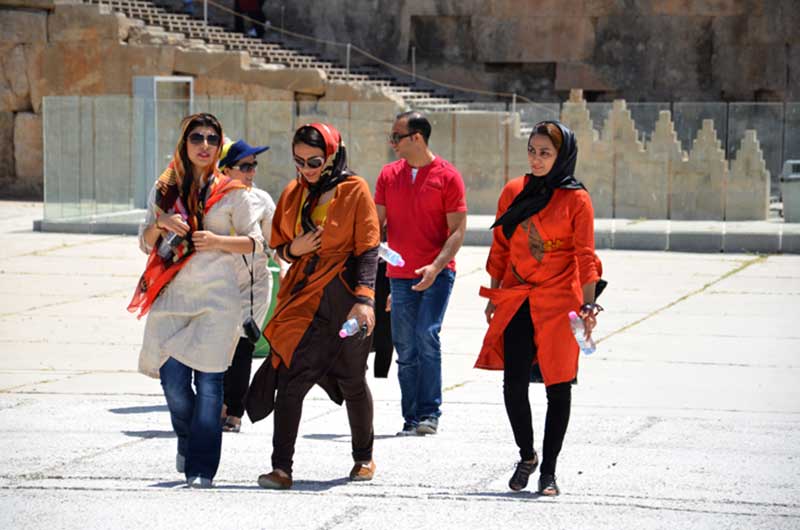
Foreign visitors can wear a pair of not-too-tight slacks under a loosely fitting, long-sleeved top or tunic that covers at least half the thighs, though ideally longer.
If you would prefer to wear a skirt, it should be at least mid-calf or longer, with nontransparent, darkish hosiery underneath.
Ankle length skirts are unusual but acceptable. During late autumn, winter, and early spring (October to March), these requirements are easier to follow, as women visitors can wear a raincoat over pants.
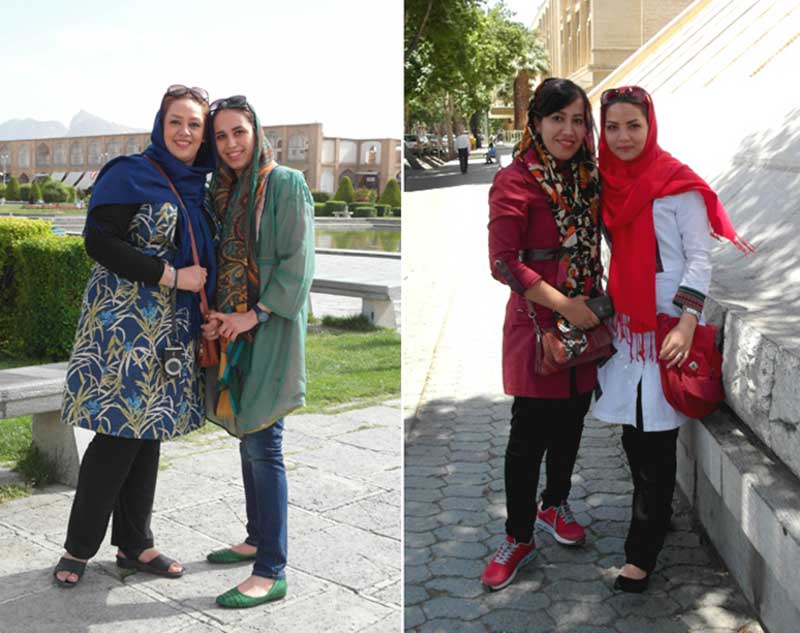
In the warm and hot months (April until late September), my advice would be to choose a linen jacket or even an oversized but ton-down blouse to get to Iran and then have your first shopping experience hunting for a cool overcoat once you get here. Your tour operator or host should be happy to advise.
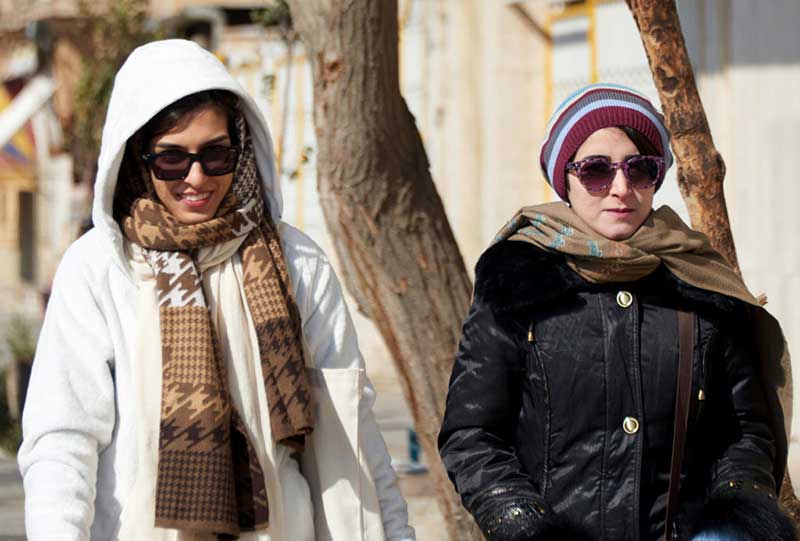
Women wear non-transparent, loose garments covering all their bodies except for the hands and face. Color is a free choice, but red, orange, pink or simil
What Male Tourists can wear in Iran?

Shorts are not acceptable.
Wearing ties or bows is not a problem.
T-shirts are acceptable.
Anything middle-of-the-road is acceptable, with only two no-nos: avoid shorts at all times, as well as loud, bright shirts and tops (e.g., Hawaiian shirts).
Some Iranian youngsters have recently taken to wearing tight fitting, sleeveless tops, but this fashion is generally disapproved of and is limited to the very young and trendy.
All other leisure wear is acceptable, although be aware that tracksuit bottoms are only used indoors or in gyms, so wearing those pants in the street is likely to attract puzzled
Short sleeves are acceptable when sightseeing and shopping but not for formal or business occasions.
General Recommendation
There are some minimum requirements for foreign women dress-code in public places
Color
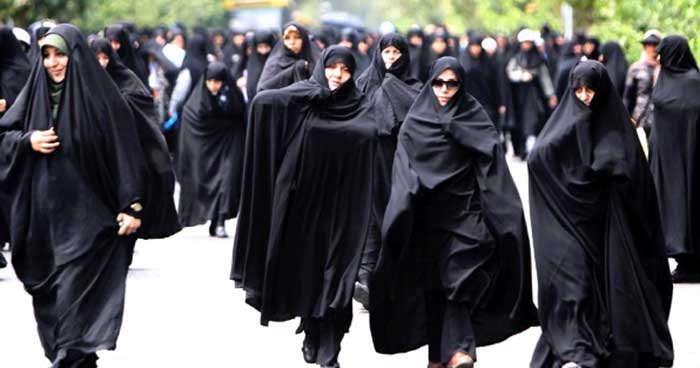
It’s a completely false belief that wearing must be dark in Iran. There is no limitation in this respect and we recommend you make sure using light colors in summer.
Scarf & Hair Covering

Head : Hair should be covered. It does not mean you shall have a tight scarf around your head. Don’t worry, It is very usual that some parts remain out of the cover. It’s quite acceptable for women to allow whips of their hair to frame their face. Appropriate hats & caps can do this function as well as scarves. Scarf is the most common covering for head and is called “Roosari” in Farsi.
Body
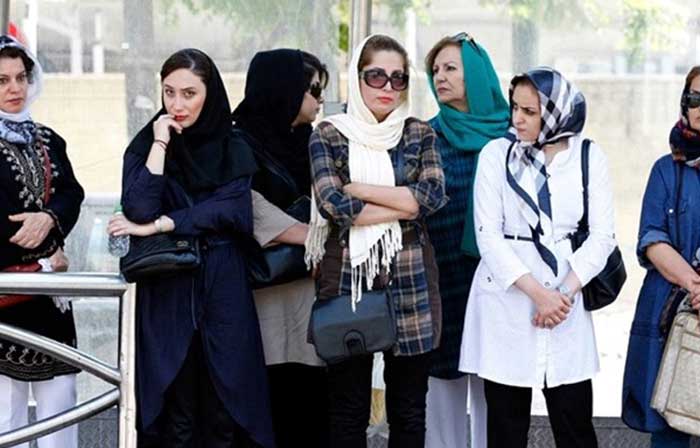
Body : Should be covered with loose clothes like man shirt, coat or manteau. Arms should not be bare.
Manteau

Most of the women prefer to wear a manteau which can be long, short, tight, or loose, and in different colors.
Legs & feet
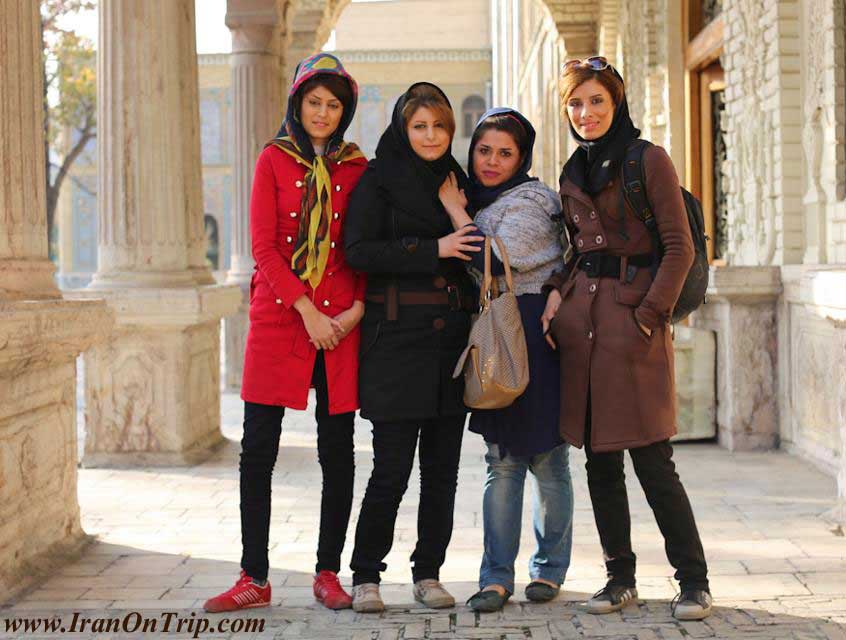
Legs should be covered down to ankles. Feets can be bare and you can wear sandals. Tight jeans are no problem.
High boots, skinny jeans, cropped and Capri Pants
You are likely cautioned that your dress has to be loose fitting so that it does not uncover your body shape. But in real, you find numerous shops in Iran selling various types of skinny jeans and tights. You can combine high boots, during winter, with skinny jeans. With respect to cropped pants, they are just fine as long as they are right above your ankle. But wearing Capri pants must be avoided as they are too short.
Sandals & painted nails
Open toes and sandals are just fine for both men and women, especially in summer. Painted nails on your fingers or your toes, is also OK.
Indoors Clothing
What was mentioned above is only to outside and public appearance; feel free to wear whatever you like in case you get invited to an Iranian house.
Final Points:
1. Some cities in Iran such as Kerman,Isfahan,Qom,Mashhad, Yazd, Kermanshah, and Kashan are more conservative, so lower the tone cautiously.
2. Places like mosques and shrines require full covering. Chadors are often available for visitors on the site or you can get yourself one at a very affordable price.
Tip1 : In summer and hot weather, you can cheat(!) and not wear shirt under your coat/manteau. Who understands?!
Tip2 : In winter time, apart from covering the head, the rest is the same as what you wear in your home country.
Tip3 : You better enter Iran with a coat and a scarf and select your style by watching the Iranian women in the streets.
Tip 4 : Once a chador is needed, like in holy places, it will be given upon entrance.
Tip 5 : Following the dress-code is necessary form the time of on-boarding international flights. On Iranian Flights, it is usually requested when the plane enters the Iranian boundaries.
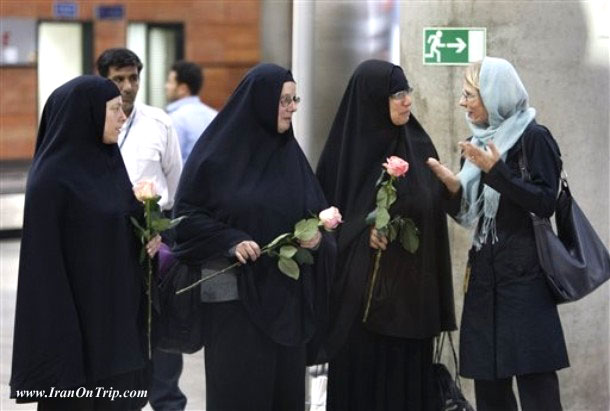
Iranian traditional dress

It is noteworthy that in many part of Iran you can see different groups of people that living with different culture and different tradition. Iran is a multi cultural also a multi lingual country. But all of the people come from same root and they unite under one unique name that name is Iran. The official language of the country is Persian but ethnic groups usaully have their own dialect and accent or even sometimes their own language.
Here we discuss about some of the dressing of these group
Guilaks / Talyshi / Taleshi dress

These tribes are among the most original tribes of Iran, speaking a pure Persian dialect and dwelling in the maritime provinces of Iran. Their number is dwindling, but one can still see the remnants of these stoic tribes in Tallish.Read more
Ghashghaei dress
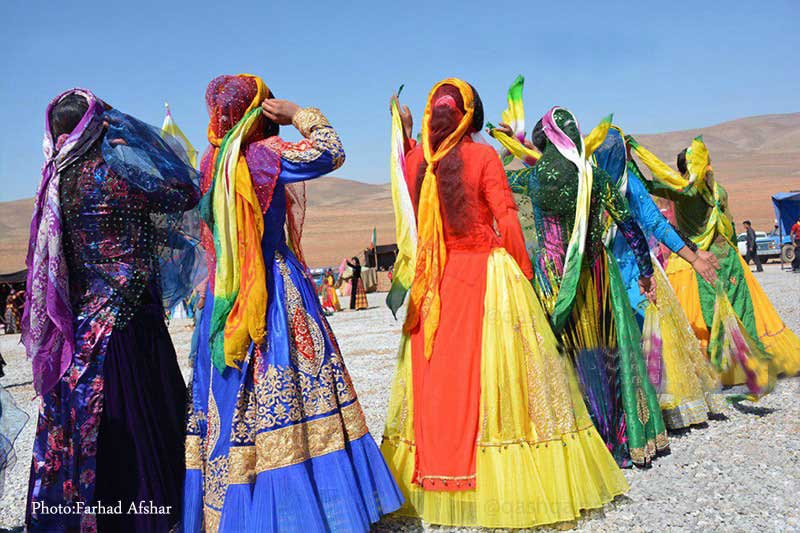
Ghashghaei are another originally nomadic group and they usually live in Fars region of Iran. Their men’s coverage has been changed over time but now they generally wear several types of cassock with a black pants and a beige, tan or gray double-edged hat with them. And certainly wear Giveh as shoes.
Their women’s dresses is similar to south nomads and is composed of multi-layer skirts and a shirt and a tonic with one slash on each sides on it. they wear common handmade shoes which is present in Iran.Read more
Balochi dress
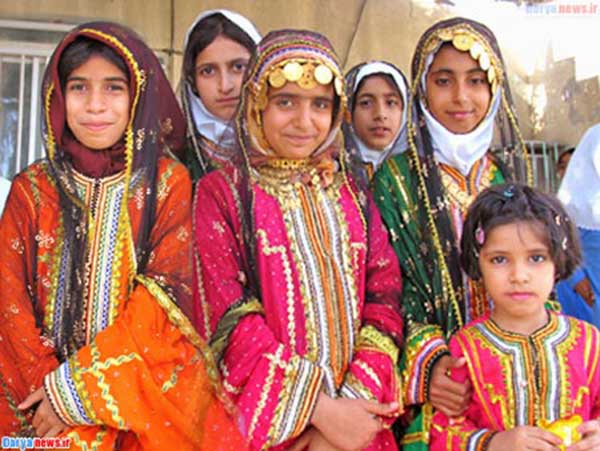
The Balochi people live at south east part of Iran. The men wear a pretty long loose shirt with a long pants. the color of their dress is usually white. Many confuse the men dress of the Balochi with Arab dress. Arab shirt are much longer than Balochi dress also it has different style. The Balochi women wear very colorful beautiful dress.Read more
Kurds dress

Their clothing is so exclusive and it’s inspire from their living location. Usually long colorful shirts and skirts with a big scarf for their women are common, and sometimes they also wear a silk or velvet vest on their long shirts, and their men wear a dark shirt with long sleeves and a very loose black pants and a shawl that they fasten it around their reins.Read more
Bakhtiyari dress
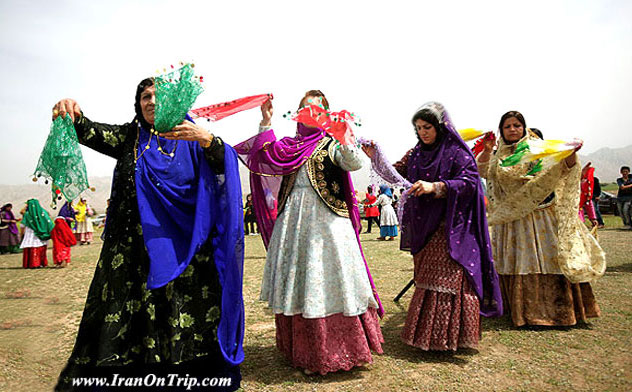
They are originally nomads and they speak in dialect which call “Lori”. Their men cover a hat (in white or black or brown color), some kind of vest and a black loose pants, with their special shoes that called “Giveh” and usually their women themselves create all of their dresses except hats and shoes (men create hats and shoes by themselves).
Bakhtiari women’s dresses are inspired by nature and they are colorful. Their shirt has two slash on both sides of the reins and they wear a skirt with many flounces on it. their skirts are really beautiful and colorful and with many flounces, and sometimes its required about 10 to 8 meters of fabric to make one of them. and also they wear a velvet vest on their shirts and also wear Giveh as their shoes. They also wear a special long and big scarf for Hijab and they wrap their scarf around their head and keep it with a pin on.Read more
Khorasani Kurds dress
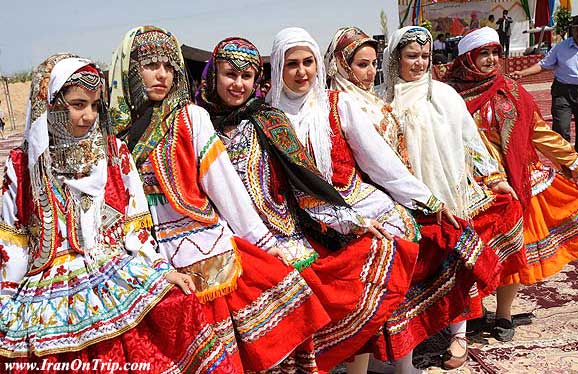
Kurdish tribes forced to move to Khorasan region / North-east of Iran during Safavian Dynasty about 1598 AC (or 1602 AC according to some texts),
By the beginning of the 16th century, the Shiite Safavid (Iranian) Empire had emerged as a rival to the Ottoman Empire. The Kurds found themselves in the middle of the territories claimed by the Sunni Turkic Ottomans and the Shiite Persian Safavids. The two empires fought at the Battle of Chaldiran in 1514 AC, where the Ottomans defeated the Safavid Shah. The result of the battle established a boundary between the two empires that split the Kurds between Turkic and Persian empires.Read more
Afshar dress
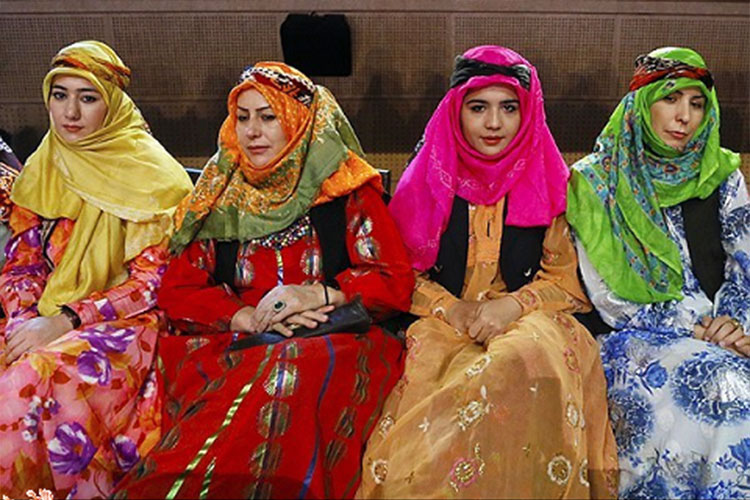
Having arrived in Iran in two waves under the Seljuks and the Mongols in 11th and 13th centuries, respectively, Afshars are pastoral nomads. They have their summer quarters on the slopes of the Sabalan mountain at 4, 860 meters (Azarbaijan), between Lake Orumieh and Qazvin and Hamadan, and their winter quarters are in the hot plains of Moghan, near the Caspian Coast. Some Afshar tribes are also scattered in areas between Kerman and Bandar-e Abbas in southern Iran. today, an ever-increasing number of Afshars have settled down and became farmers.Read more
Turkman dress
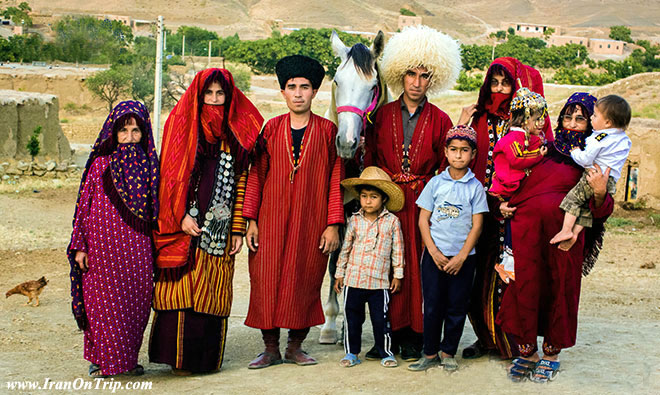
Gorgan plain is situated on the coast of the Caspian Sea lower than the sea level, but the more we go toward the east the more will be the elevation of the ground. In the north of Gorgan plain, there is a vast low region which stretches as far as the forest region of Turkmenistan and in its south there is the continuation of eastern parts of Alborz chain of mountains, which is much higher than the plain and contain peaks more than 3000 meters high.The mountainous region situated in the east of Gorgan plain includes villages and districts of Kalaleh, Goli Dagh, Ghara Bolkhan, Torveh Tappeh and Hesarche, and the plain part of the region, where Iranian Turkmans live, is located in the south of Atrak river and is called Turkman Sahra..Read more
Azeri dress
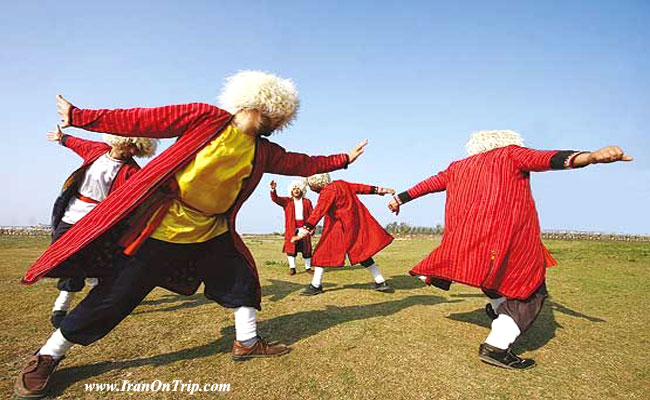
Azeri people speak Azerbaijani Turkish or Azeri Turkish. The most majority of Azerbaijanis are Shi’a Muslims.
Iranian Azerbaijanis mainly live in the Northwest provinces such as: East Azerbaijan Province, West Azerbaijan Province [Eastern part of it, which is marked from the middle line of Urmiya Lake (meaning the eastern part of the median course of the Lake)], Ardabil Province, Zanjan Province, Qazvin Province, Hamadan Province (northern part of it) and also many Azeris live in Tehran.Read more
What to wear when visiting Iran – Iranian women clothing


